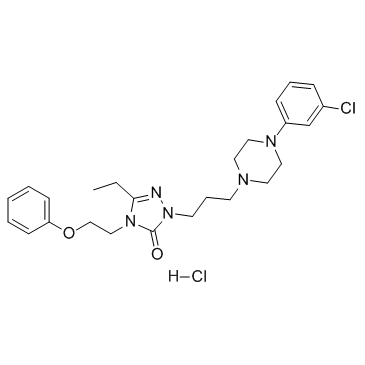| Structure | Name/CAS No. | Articles |
|---|---|---|
 |
Nefazodone hydrochloride
CAS:82752-99-6 |
|
 |
Tolcapone
CAS:134308-13-7 |